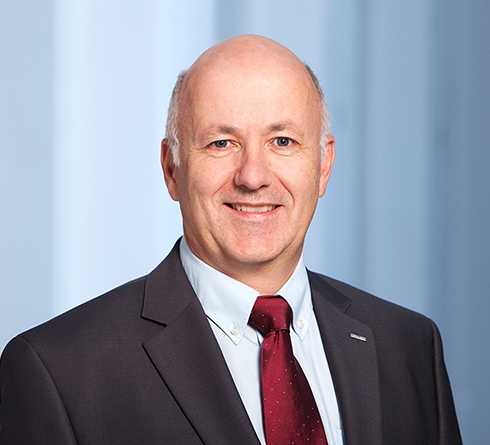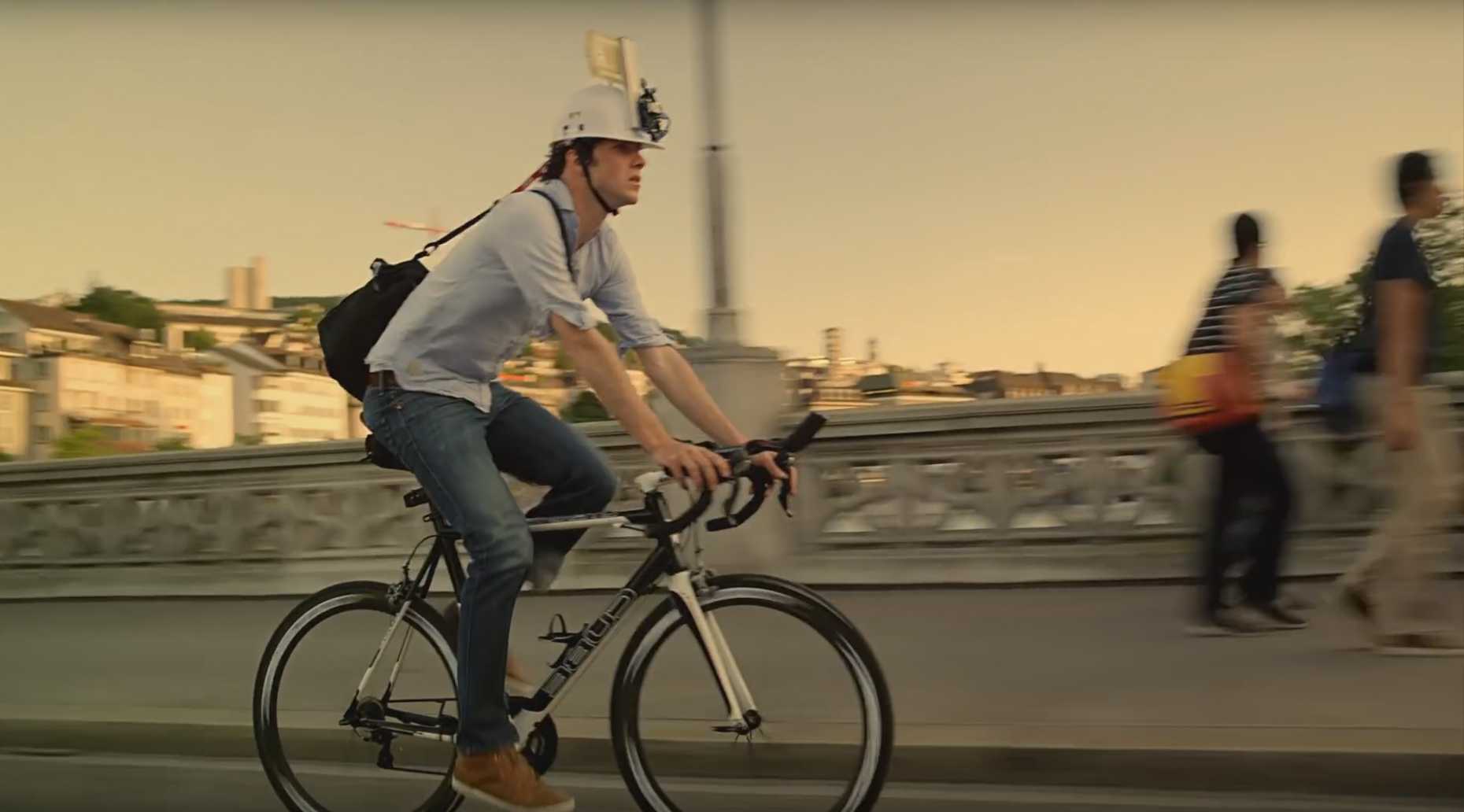A major player
ETH Zurich is an attractive partner for scientific collaboration. This is a big draw for companies like Google – for example when developing a novel navigation system that doesn’t use GPS.

For Roland Siegwart, it’s no mere coincidence that Google set up its headquarters in California while also establishing a centre of expertise in Zurich. An ETH professor for Autonomous Systems, he is impressed by the many talented young researchers who work in Zurich, and no less so by the numerous promising spin-offs. “We are very well-positioned here,” says Siegwart, continuing, “Zurich holds a strong appeal.” He even refers to Zurich as the Silicon Valley of robotics. The city on the Limmat River has long held its own in the research community, as also evidenced by the numerous projects on which ETH has collaborated with renowned universities and industry partners from the US West Coast.
Siegwart’s stipulation for any such collaboration is that it must be open. His team must be allowed to also put the knowledge acquired to use in other projects. He has noticed a paradigm shift in this respect: “Companies are increasingly following an open innovation approach. They’re beginning to see that this accelerates development.” Faster development benefits both sides. Google in particular cultivates a very open collaboration process with selected universities. Currently, three of Siegwart’s doctoral students are supported by Google. They’re working on Project Tango, which involves a total of 40 universities and companies collaborating with Google. Marc Pollefeys, a professor of Computer Science at ETH Zurich, is among those participating.
The goal of Project Tango is to develop devices that use a camera and multiple sensors to perceive their surroundings in three dimensions, and even allow indoor navigation. The device should be able, for instance, to recognise obstacles and estimate distances. Siegwart’s team is concerned primarily with using a camera to autonomously create three-dimensional maps with centimetre-scale precision. In this way, the device, be it a smartphone or a drone, knows where it is and uses local surroundings as its reference points. Unlike GPS-based navigation, this technology can also be used indoors. But the information goes beyond the mere position of the device: the camera images also convey its orientation, so it can do without the compass required for GPS-based navigation.
Testing in the railway station
The ETH researchers have just completed an extensive test run in Zurich’s main railway station. Using Google Tango tablets, they captured images from a nearly 15-kilometre route, which generated an enormous amount of data. Their next task is data reduction. Only features that are constant are helpful and of interest, so their software has to filter out people and other moving objects from the images. Furthermore, such features must be recognisable from different perspectives and under varying lighting conditions.
The next milestone will be the market launch. “Once the Tango software becomes available, there will be nothing more standing in the way of app development,” says Siegwart. He goes on to list some possible applications: “Tourists would be able to get their bearings even in the subterranean levels of the main railway station, the gaming industry could further blend virtual and real space for their gamers, and home furnishing stores could project an image of a sofa into the lounge of a potential buyer.” But no one can predict exactly what the software will spark off once it’s been launched. It won’t be any different than with other new technologies: ultimately, the inventive spirit of the app developers and the needs of the customers will determine what unfolds.

